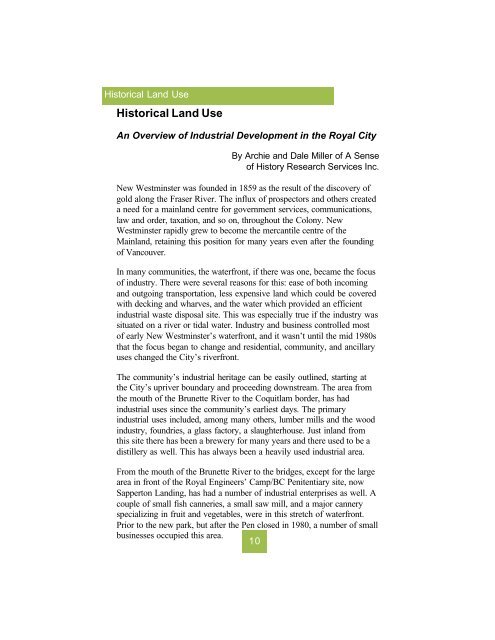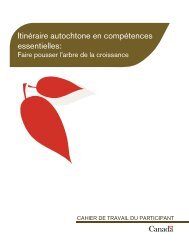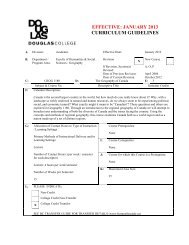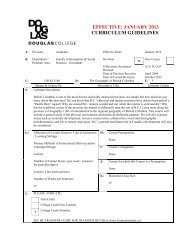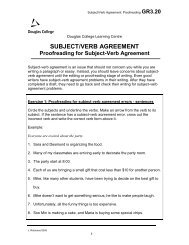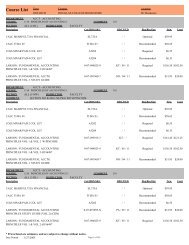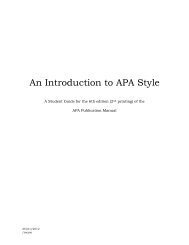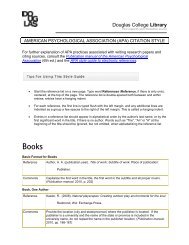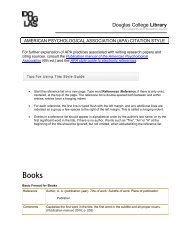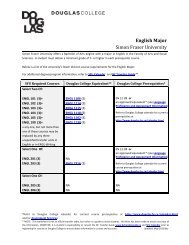New Westminster Environmental Almanac (2917 ... - Douglas College
New Westminster Environmental Almanac (2917 ... - Douglas College
New Westminster Environmental Almanac (2917 ... - Douglas College
Create successful ePaper yourself
Turn your PDF publications into a flip-book with our unique Google optimized e-Paper software.
Historical Land Use<br />
Historical Land Use<br />
An Overview of Industrial Development in the Royal City<br />
By Archie and Dale Miller of A Sense<br />
of History Research Services Inc.<br />
<strong>New</strong> <strong>Westminster</strong> was founded in 1859 as the result of the discovery of<br />
gold along the Fraser River. The influx of prospectors and others created<br />
a need for a mainland centre for government services, communications,<br />
law and order, taxation, and so on, throughout the Colony. <strong>New</strong><br />
<strong>Westminster</strong> rapidly grew to become the mercantile centre of the<br />
Mainland, retaining this position for many years even after the founding<br />
of Vancouver.<br />
In many communities, the waterfront, if there was one, became the focus<br />
of industry. There were several reasons for this: ease of both incoming<br />
and outgoing transportation, less expensive land which could be covered<br />
with decking and wharves, and the water which provided an efficient<br />
industrial waste disposal site. This was especially true if the industry was<br />
situated on a river or tidal water. Industry and business controlled most<br />
of early <strong>New</strong> <strong>Westminster</strong>’s waterfront, and it wasn’t until the mid 1980s<br />
that the focus began to change and residential, community, and ancillary<br />
uses changed the City’s riverfront.<br />
The community’s industrial heritage can be easily outlined, starting at<br />
the City’s upriver boundary and proceeding downstream. The area from<br />
the mouth of the Brunette River to the Coquitlam border, has had<br />
industrial uses since the community’s earliest days. The primary<br />
industrial uses included, among many others, lumber mills and the wood<br />
industry, foundries, a glass factory, a slaughterhouse. Just inland from<br />
this site there has been a brewery for many years and there used to be a<br />
distillery as well. This has always been a heavily used industrial area.<br />
From the mouth of the Brunette River to the bridges, except for the large<br />
area in front of the Royal Engineers’ Camp/BC Penitentiary site, now<br />
Sapperton Landing, has had a number of industrial enterprises as well. A<br />
couple of small fish canneries, a small saw mill, and a major cannery<br />
specializing in fruit and vegetables, were in this stretch of waterfront.<br />
Prior to the new park, but after the Pen closed in 1980, a number of small<br />
businesses occupied this area.<br />
10


